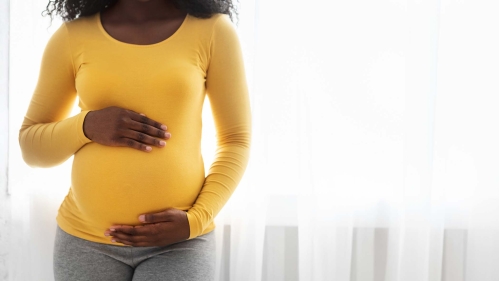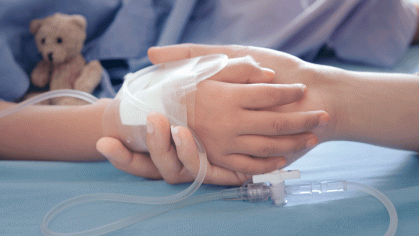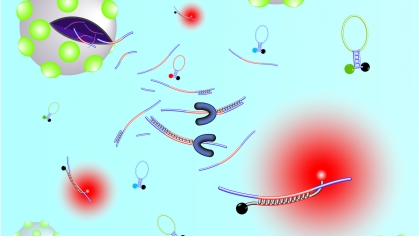Preterm Birth Is More Likely with Exposure to Phthalates

Rutgers contributes to a National Institutes of Health study of pregnant women confirming link with chemicals that could put pregnancy at risk
A Rutgers researcher was part of a National Institutes of Health study that found pregnant women who were exposed to chemical compounds known as phthalates during pregnancy had an increased risk of preterm birth.
Phthalates are industrial chemicals used in personal-care products, such as cosmetics, as well as solvents, detergents and in food packaging.
After examining data from 6,045 pregnant women in the U.S., researchers found that women with higher concentrations of several phthalate metabolites in their urine were more likely to deliver their babies preterm—or delivering three or more weeks before a mother’s due date. The study was published in the journal JAMA Pediatrics.
“Preterm birth is one of the most poorly understood, intractable challenges in maternal-child health,” said author Emily Barrett, an associate professor at the Rutgers School of Public Health and a member of the Environmental and Occupational Health Sciences Institute.
“This study provides compelling evidence that everyday chemicals in our environment are part of the problem,” Barrett said. Conducting the largest study in the United States to date on this topic, researchers pooled data from 16 studies conducted throughout the U.S. that had individual participant data on prenatal urinary phthalate metabolites (which represent exposure to phthalates) as well as the timing of delivery of the study participants. Pregnant women participating in in the study delivered babies between 1983 and 2018. Nine percent, or 539, of the women delivered preterm births. Phthalate metabolites were detected in more than 96 percent of urine samples.
The researchers developed statistical models to examine whether exposure to phthalates were associated with preterm birth. Higher concentrations of most phthalate metabolites examined were associated with slightly higher odds of preterm birth. Exposure to four of the 11 phthalates in pregnancy was associated with a significantly greater probability of having a preterm birth. The most consistent findings were for exposure to a phthalate that is used commonly in personal-care products such as nail polish and cosmetics.
The researchers also used computational models to simulate hypothetical interventions that could reduce phthalate exposure. They estimated that reducing the phthalate exposure by even 50 percent could reduce preterm birth by 1.1 percent. The potential interventions could be behavioral, such as selecting personal-care products that don’t contain phthalates (if listed on label); voluntary actions from companies to eliminate phthalates from their products; or regulatory in nature.
“Our data demonstrate that if we could reduce our exposures to phthalates, we could make considerable progress towards reducing our unacceptably high rates of preterm birth,” said Barrett.
Eating fresh, home-cooked food as often as possible, avoiding processed food that comes in plastic and selecting fragrance-free products or those labeled as “phthalate free,” are some examples of ways pregnant people can reduce their exposure to the chemicals.
The researchers are conducting additional studies to better understand the mechanisms by which exposure to phthalates can impact pregnancy and determine if there are effective ways for mothers to reduce their exposure.



